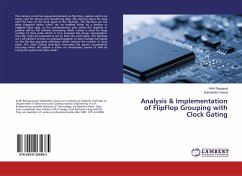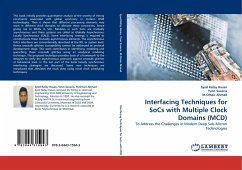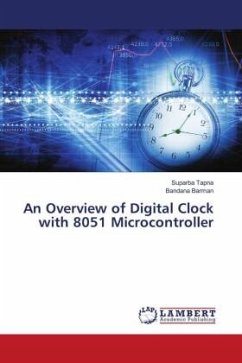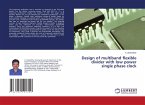Flip-flop is an electronic circuit that stores a logical state of one or more data input signals in response to clock pulse. Flip-flop are often used in computational circuits to operate in selected sequences during recurring clock intervals to receive and maintain data for a limited time period sufficient for other circuits within a system to further process data. Flip-Flops are critical timing elements in digital circuits and have a large impact on circuit speed and power consumption. Consequently, extensive research has been performed to develop fast and low-power flip-flops. Recently, pulsed latch structures have emerged as the fastest known flip-flop structures. Flip-flops are a fundamental building block of digital electronics systems used in computers, communications, and many other types of systems. A new flip-flop design using a double-pulsed static latch is designed for 250-nanometer technology. This flip-flop consumes less power and fewer transistors in the clock generator as compared with the DPSCRFF (Double Pulsed Set Conditional Reset), which is one of the fastest known flip-flops in literature.
Bitte wählen Sie Ihr Anliegen aus.
Rechnungen
Retourenschein anfordern
Bestellstatus
Storno








